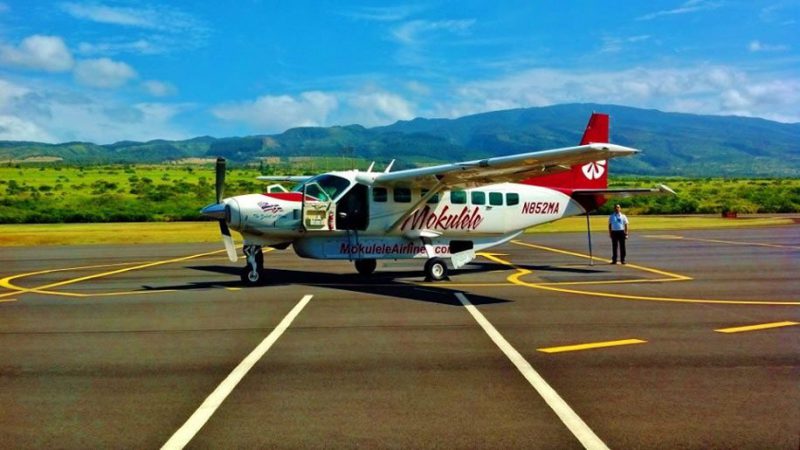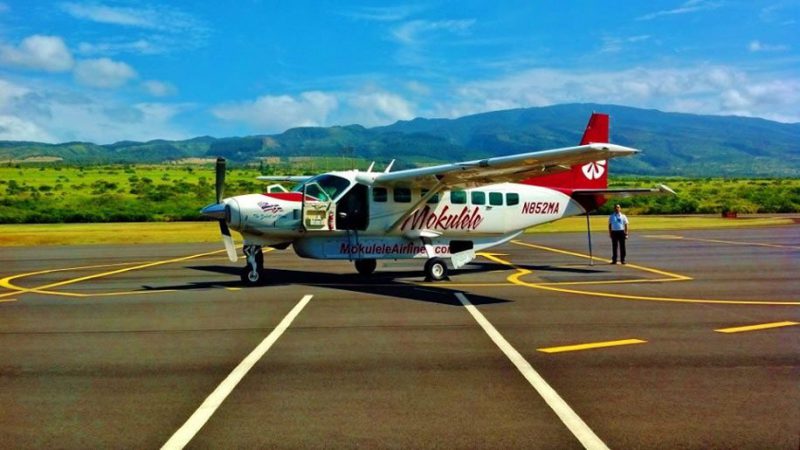Ampaire Launches Hybrid Electric Aircraft Test Flights
Low-emission Electric EEL aircraft flies an actual airline route between Hawaiian island destinations
December 15, 2020

On Nov. 22, Ampaire, a developer of electric aviation solutions, completed a demonstration flight of its hybrid electric aircraft along an actual airline route between island destinations in Hawaii. The company’s Electric EEL aircraft took a 20-minute flight from Maui’s Kahului Airport across the island to Hana and back on a single charge.
The Electric EEL used in the Mokulele trials is an upgrade of the popular six-seat Cessna 337 twin-engine piston-driven aircraft. The aircraft has a conventional 300-horsepower piston engine in the rear and a 160 kW-capable electric power unit in front.
The electric unit is powered by a battery pack carried in an aerodynamically optimized shell mounted under the fuselage. Thanks to the addition of the electric power unit, the company says fuel consumption and CO2 emissions are reduced by approximately 40-50 percent.
Ampaire is now flying the route regularly in a one-month demonstration program with Hawaii-based Mokulele Airlines. It is the first use of a hybrid-electric aircraft under the FAA’s Experimental-Market Survey category, allowing Ampaire to fly with their crew and essential personnel for crew training and other exploratory market activity.
The flight trials are supported by Elemental Excelerator, a global climate-tech accelerator.
The trials serve two purposes, according to Ampaire CEO Kevin Noertker. They demonstrate electric aviation’s potential to reduce harmful emissions and allow Ampaire to evaluate the robustness of its technology.
“We can take lessons from this series of flights and apply them to subsequent, larger aircraft designs already in the works,” Noertker said. “By upgrading current aircraft with hybrid-electric propulsion we can enter the market quickly and take advantage of existing infrastructure for fixed-wing aviation.”
Noertker said Ampaire is focused on the regional market where electric propulsion can provide viable range for typical routes. “Upgrading today’s aircraft for electric power is a relatively low-cost, low-risk path to aircraft certification. Then we expect to move on to increasingly efficient and capable clean-sheet designs,” he said.
“The market for electric aircraft will expand as airlines perceive that electric aviation is not only environmentally desirable but economically advantageous,” Noertker explained. “Electricity cost is an order of magnitude less expensive in comparison to fuel, which is the largest cost item for airlines.”




